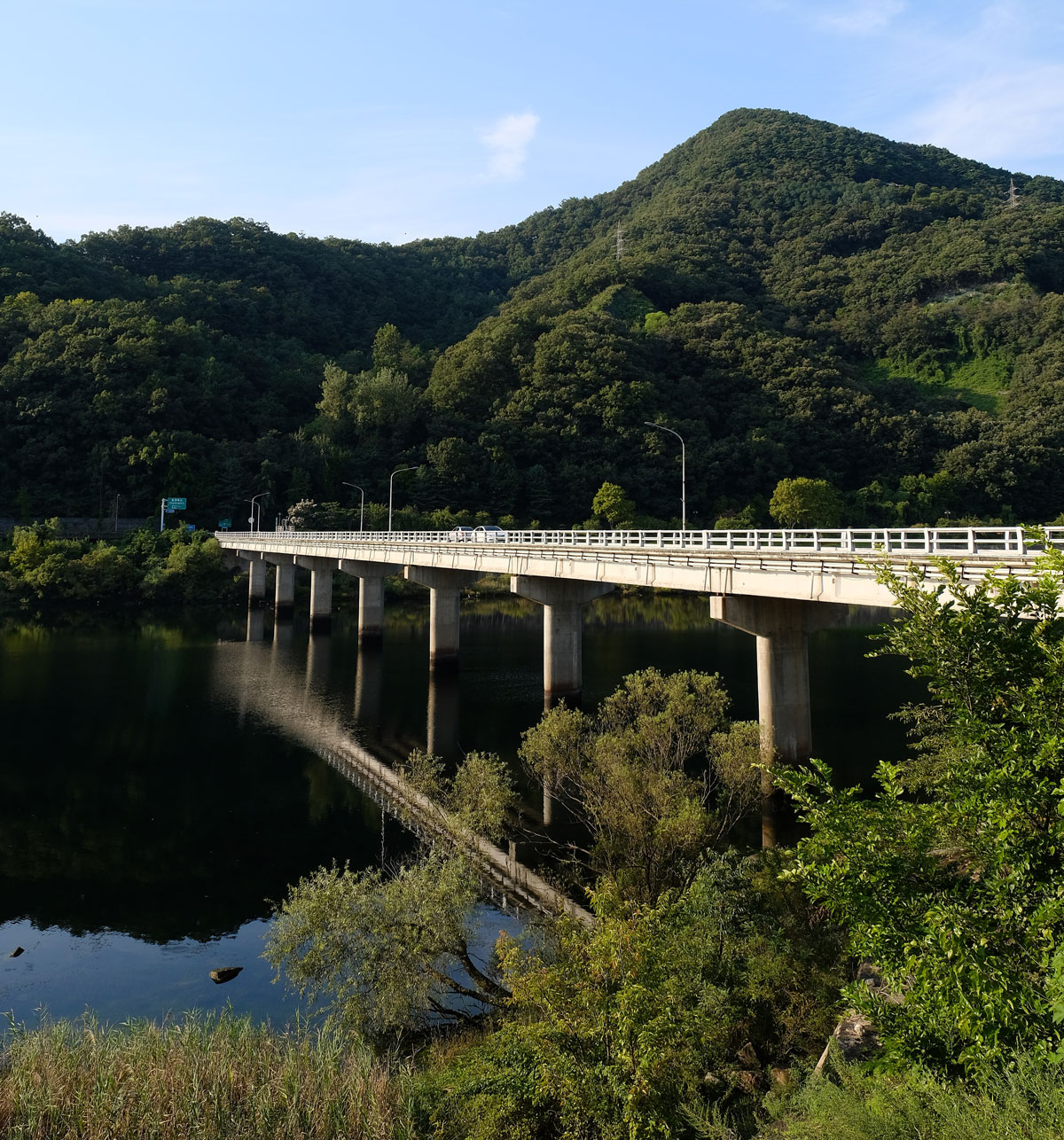Joint infrastructure projects

Infrastructure development is a critical component of economic growth and development, and it plays a vital role in promoting regional integration and connectivity. In a Federal Africa, joint infrastructure projects could offer significant benefits for the continent, improving connectivity, facilitating trade and travel, and promoting economic growth and development.
Benefits of Joint Infrastructure Projects
Improved Connectivity: Joint infrastructure projects such as cross-border highways, railways, and ports could improve connectivity within and between African countries, linking remote regions to larger markets and facilitating the movement of goods and people across borders.
Facilitated Trade: Improved infrastructure could help to reduce the costs of doing business, making it easier and more cost-effective for companies to trade within and between African countries. This could boost intra-African trade, which currently accounts for only a small fraction of total trade on the continent.
Enhanced Mobility: Joint infrastructure projects could also improve mobility, making it easier for people to travel across the continent for work, education, and leisure. This could promote social and cultural exchange, strengthen people-to-people ties, and promote regional integration.
Increased Investment: Joint infrastructure projects could attract more investment to the continent, by creating an enabling environment for businesses to thrive and grow. This could help to stimulate economic growth and development, create jobs, and reduce poverty and inequality.
Examples of Joint Infrastructure Projects
Several joint infrastructure projects are already underway in Africa, including the East African Railway Master Plan, which aims to connect East Africa's major ports to landlocked countries, and the Trans-Saharan Highway, which will link Algeria to Nigeria via Niger. Other notable projects include the African Integrated High-Speed Railway Network, which aims to connect major cities across the continent, and the Grand Inga Dam, which could generate up to 40,000 MW of hydroelectric power, making it the largest hydropower project in the world.
Conclusion
Joint infrastructure projects could play a significant role in promoting regional integration and connectivity in a Federal Africa. By improving connectivity, facilitating trade and travel, and promoting economic growth and development, these projects could help to unlock Africa's vast potential and promote a brighter future for the continent and its people.